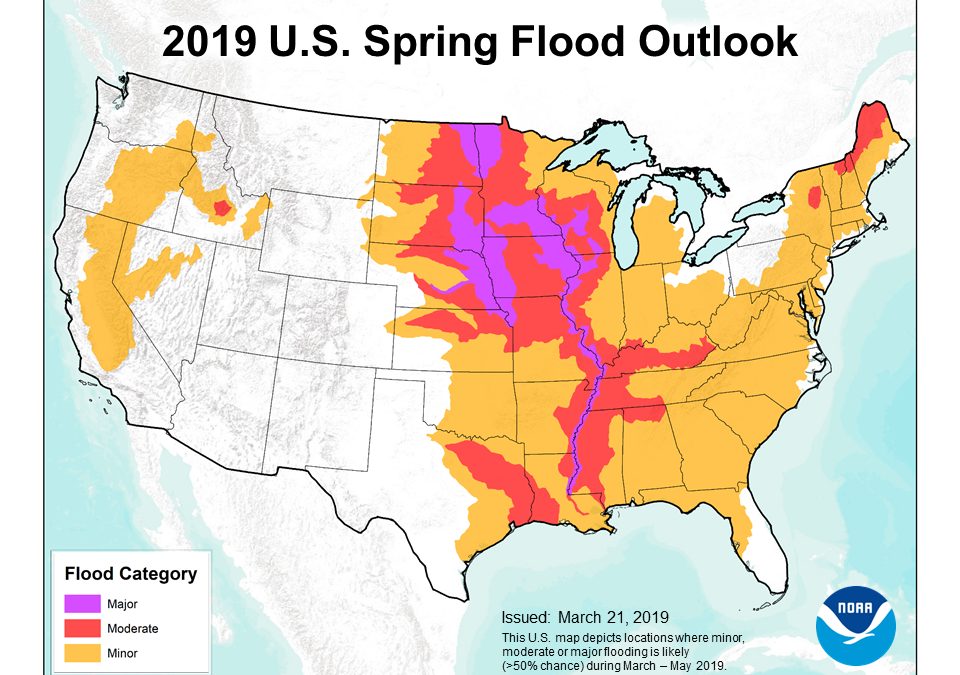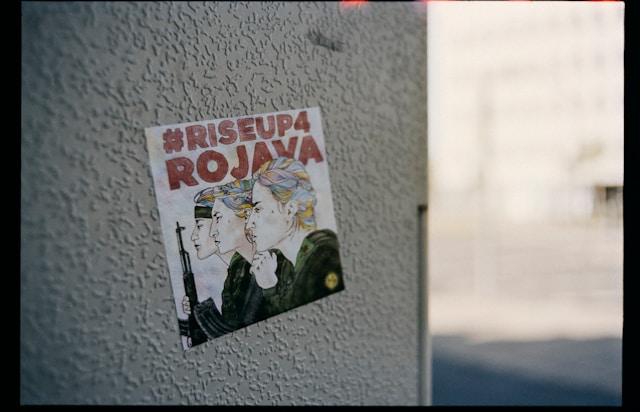by Francis Thicke, introduction by Steven Gorelick / Local Futures The organic food movement suffered a major setback recently, when the US National Organic Standards Board (NOSB) voted in favor of allowing hydroponically-grown products to receive the “organic” label. This decision should not have come as a surprise to those who have watched the organic movement steadily taken over by big agribusiness – a process that began in 1990 when Congress required the USDA to create a single set of national standards that would define the meaning of “organic”. Previously, “organic” meant striving for a healthy relationship among farmers, farm animals, consumers, and the natural world – with soil-building seen as central to the long-term health of agriculture. Organic farms were certified by statewide or regional organizations using locally-defined standards, with the understanding that food production was necessarily diverse – reflecting local climates, soils, wildlife, pests, and so on. A one-size-fits-all national standard wasn’t needed to protect consumers who purchased food from local or regional organic farms, but it was required if global trade in organic products was to expand. The all-but-inevitable result has been a takeover of the organic market by corporate agribusinesses, along with a steady watering down of the standards – which have been largely reduced to a list of proscribed chemicals and required practices meant to apply everywhere. (At Local Futures we continue to believe that localizing food production offers the best way for consumers to know how their food was produced.) After the decision to allow hydroponics under the “organic” label, National Organics Standards Board member Francis Thicke delivered the following farewell message to the Board:
...






